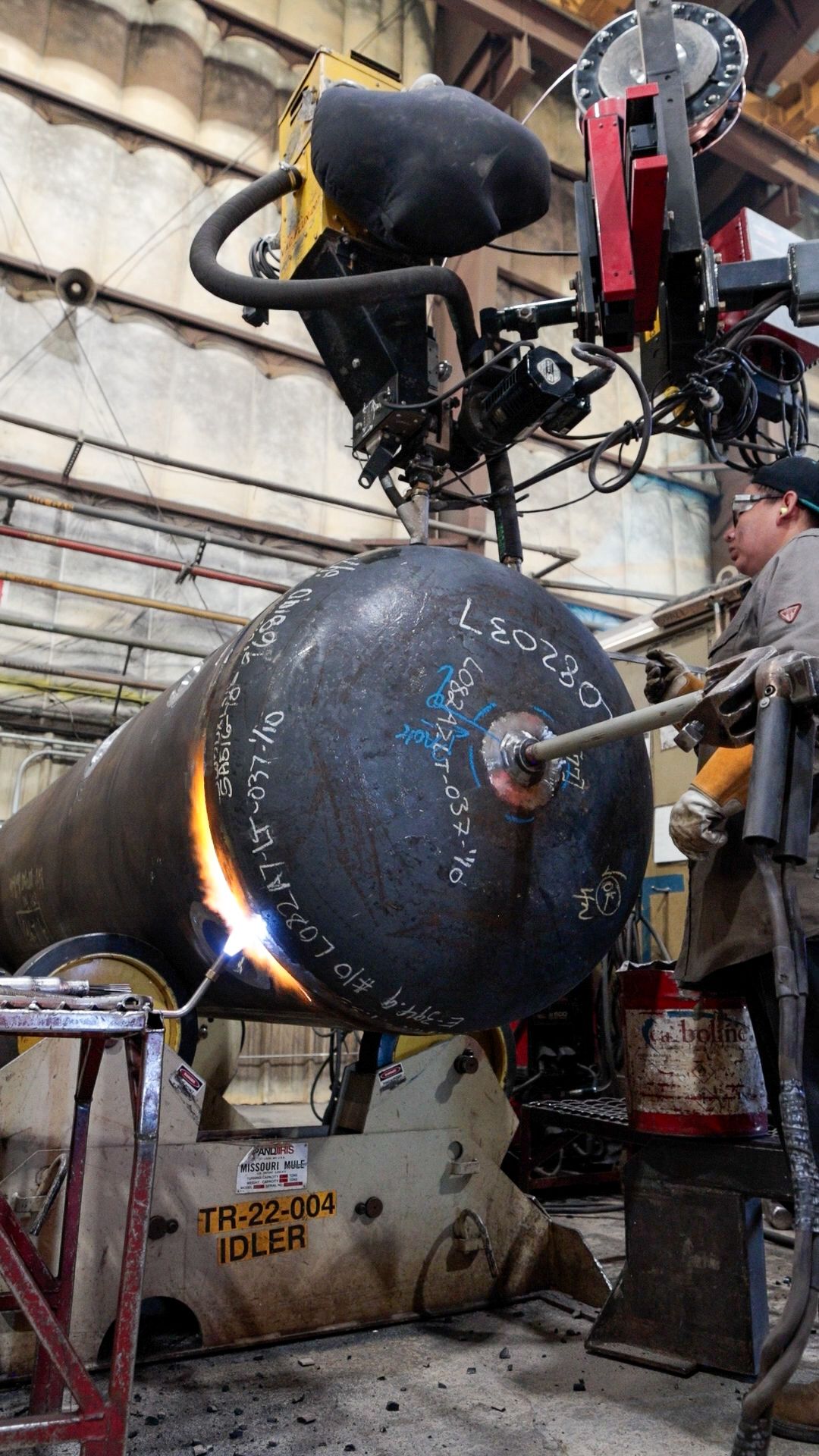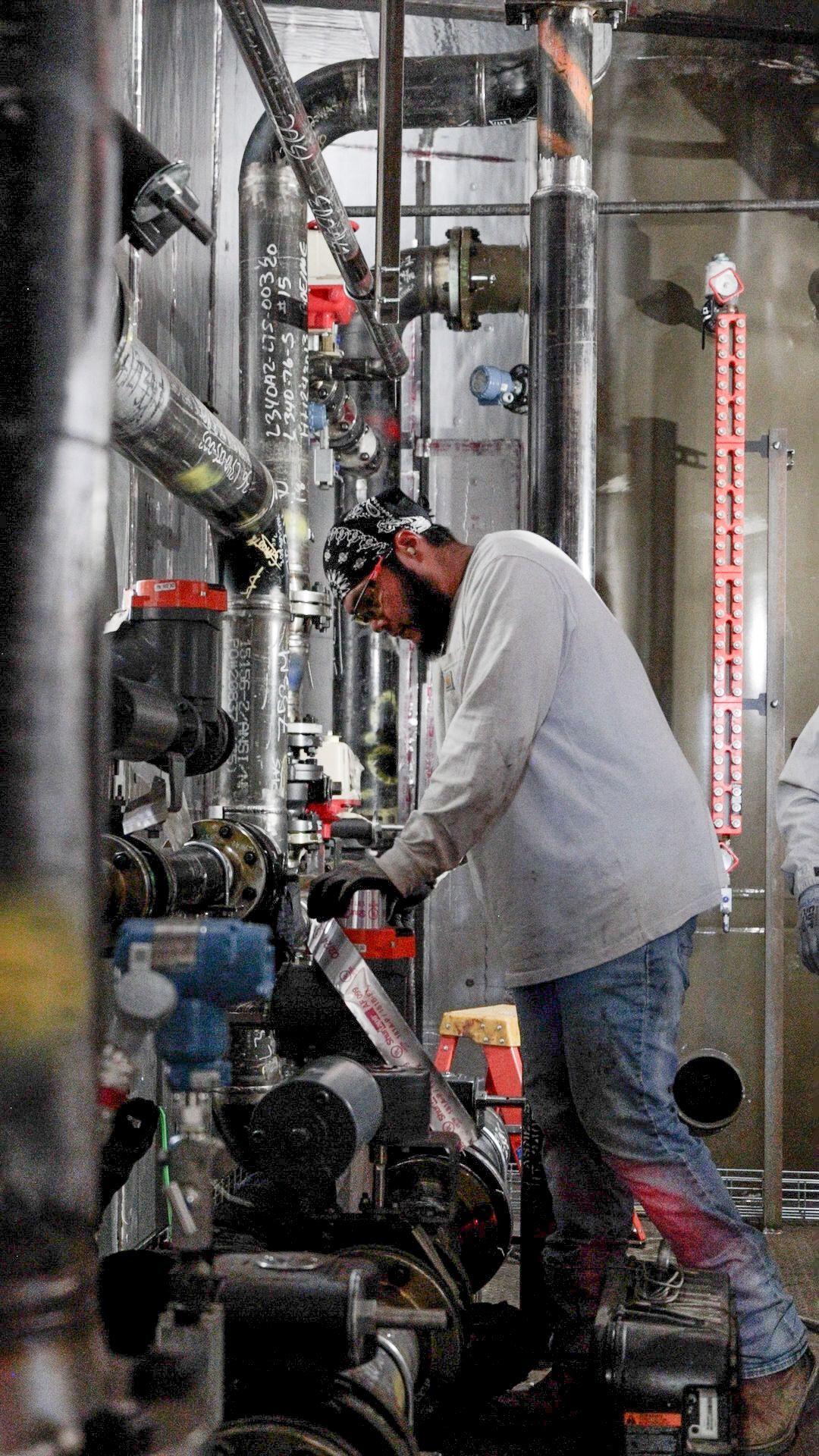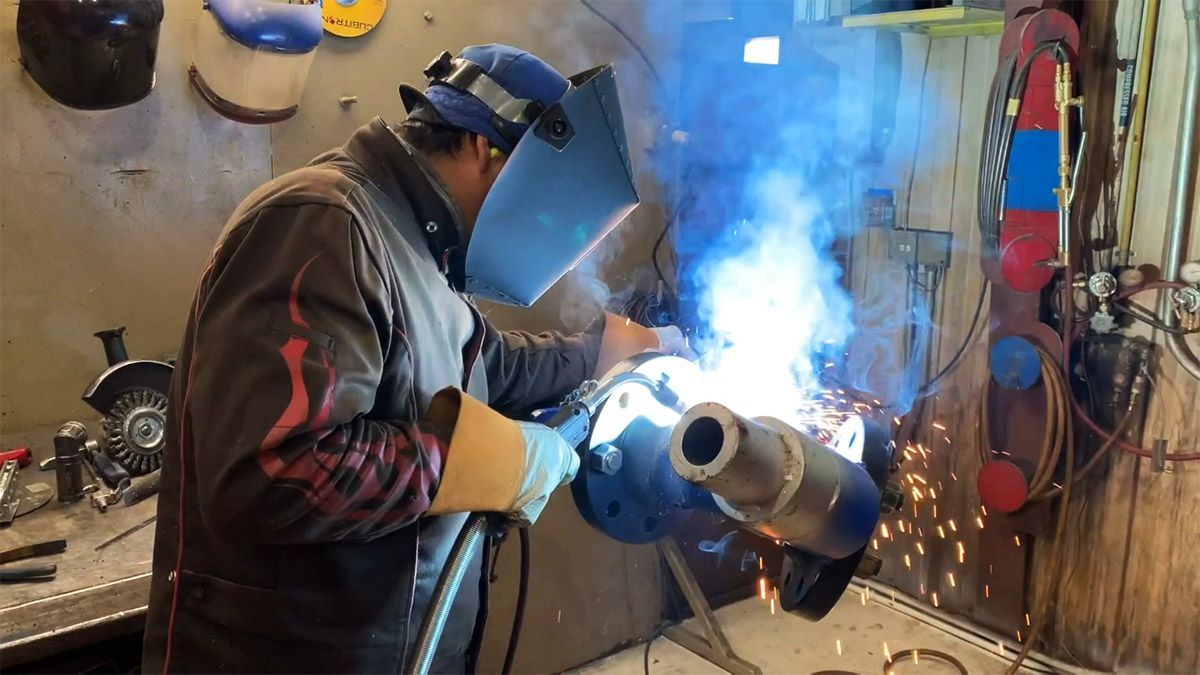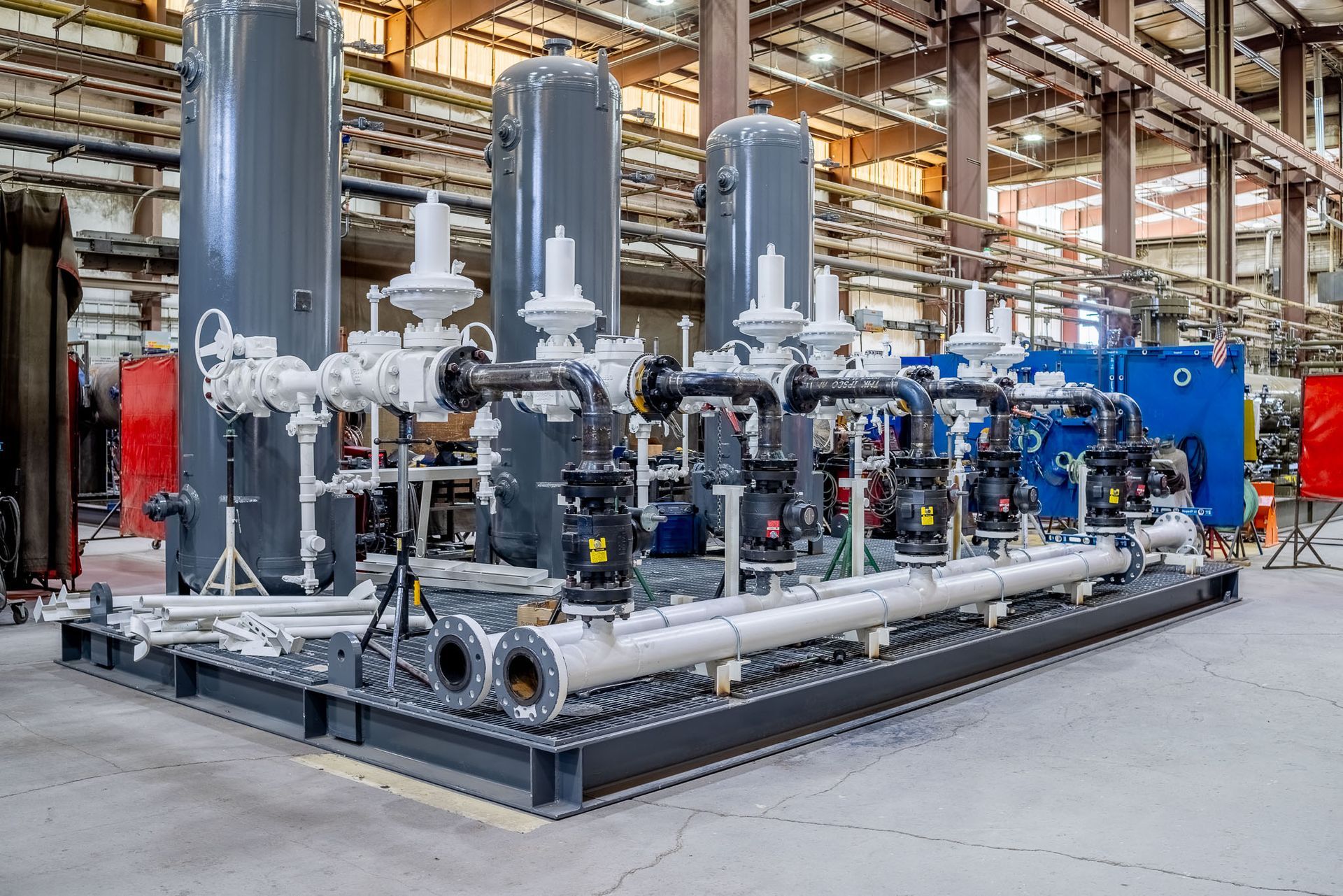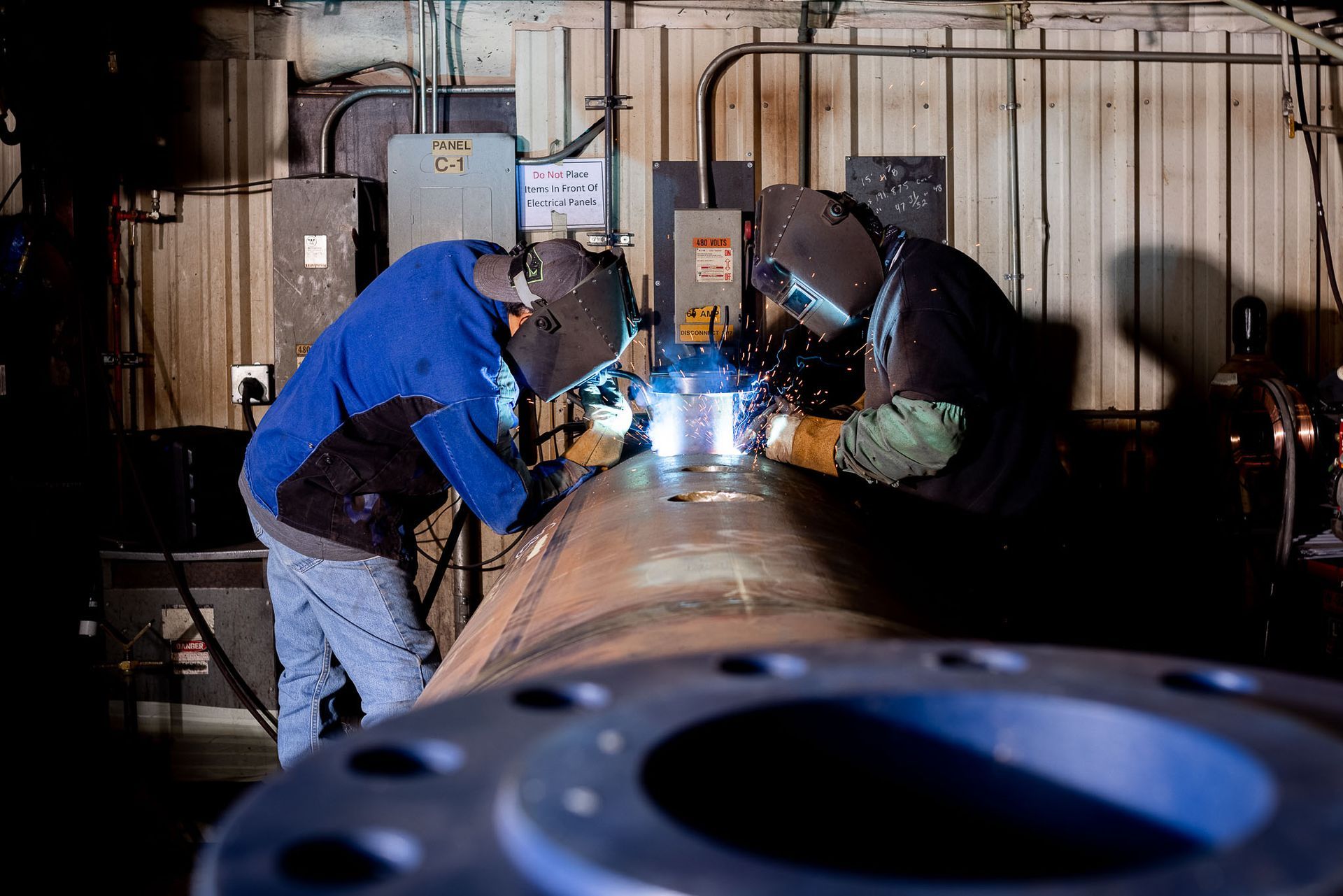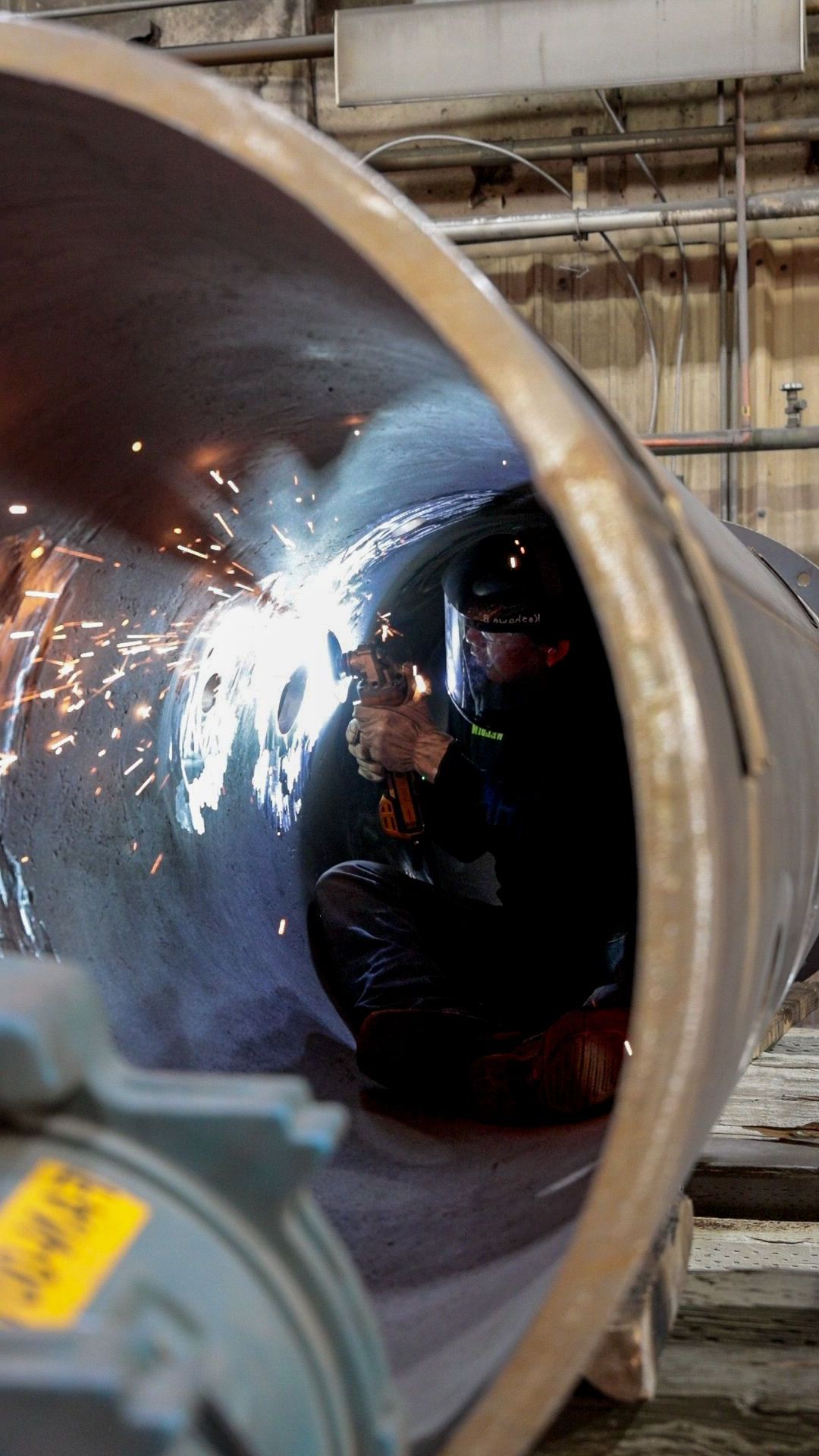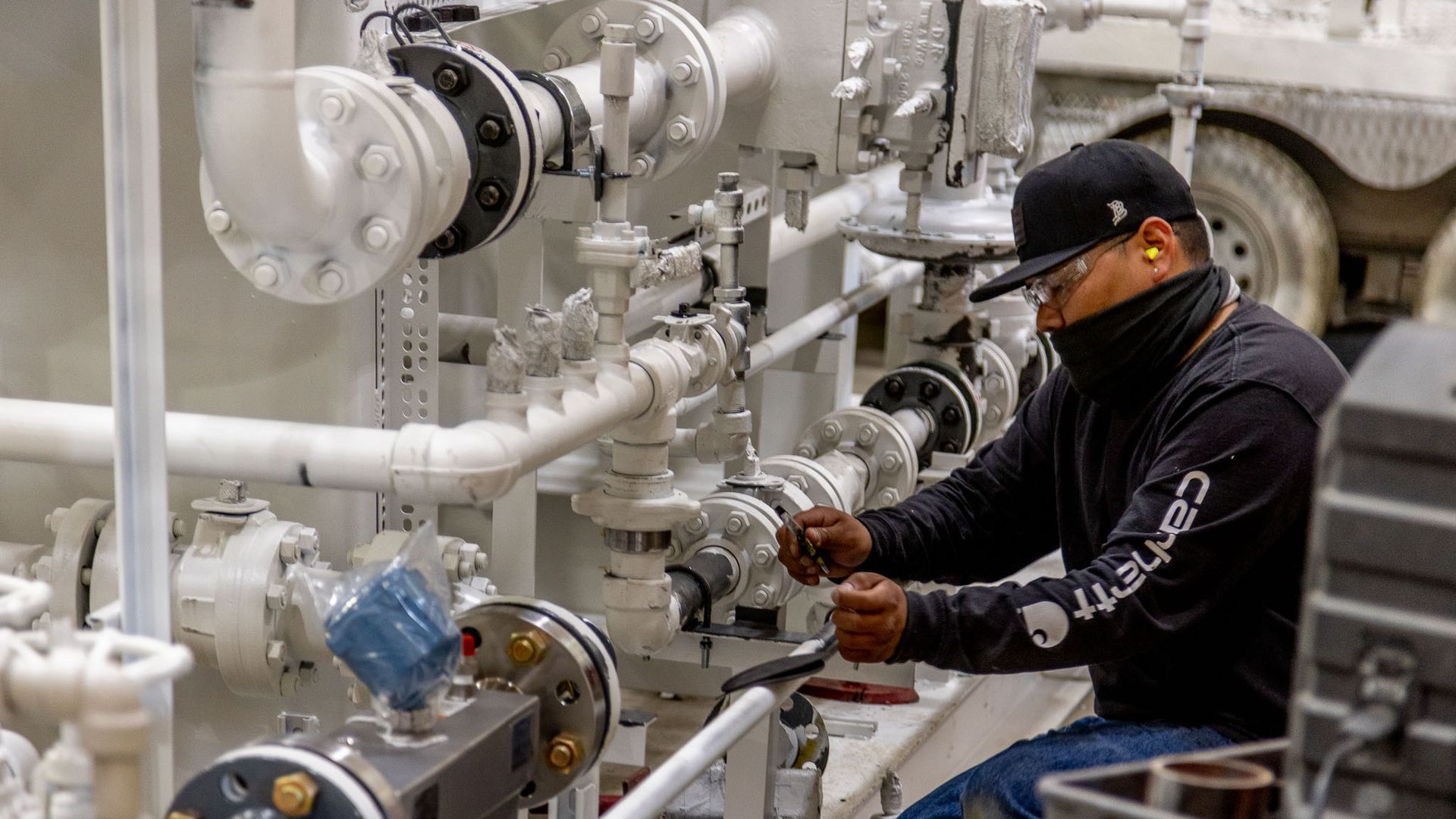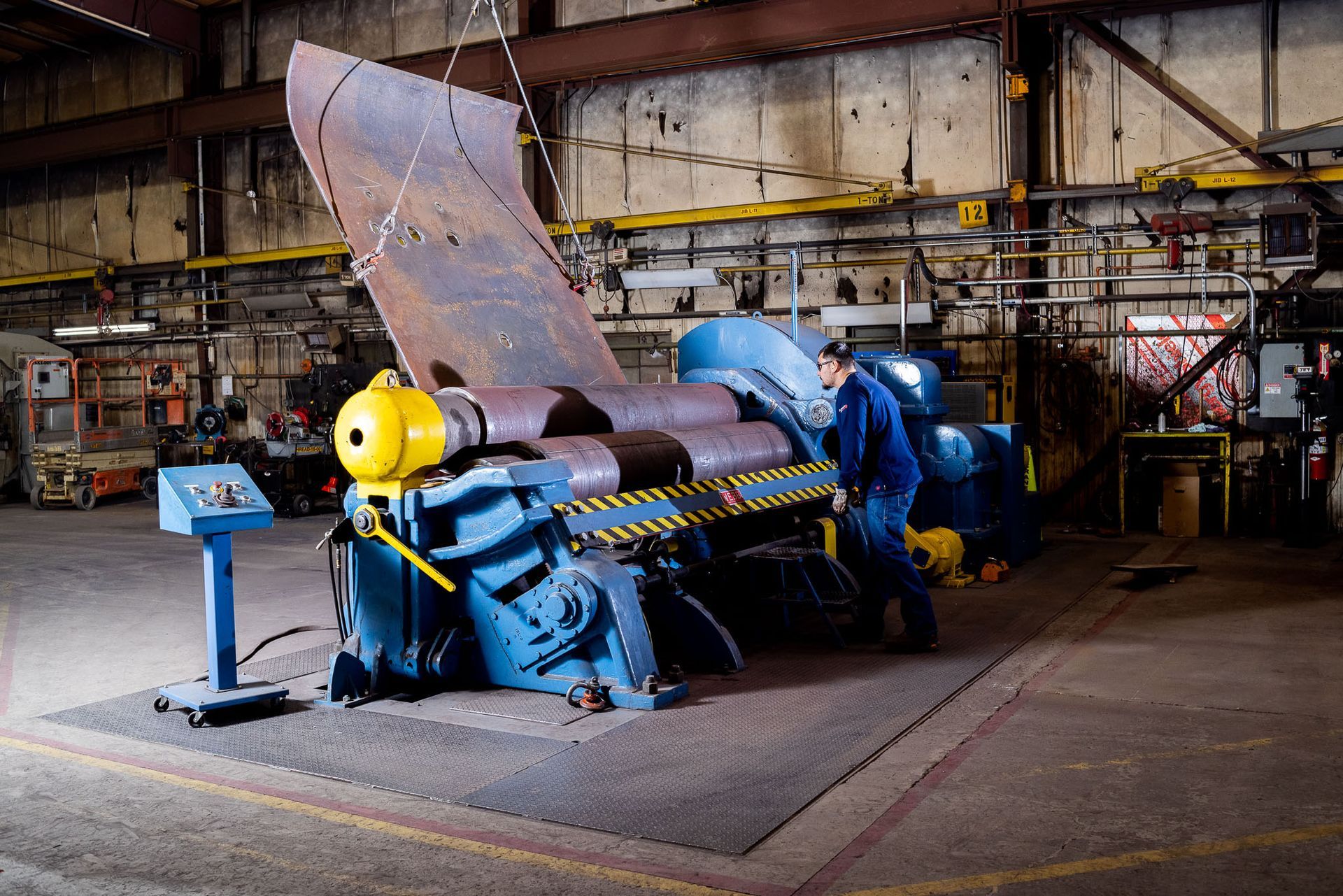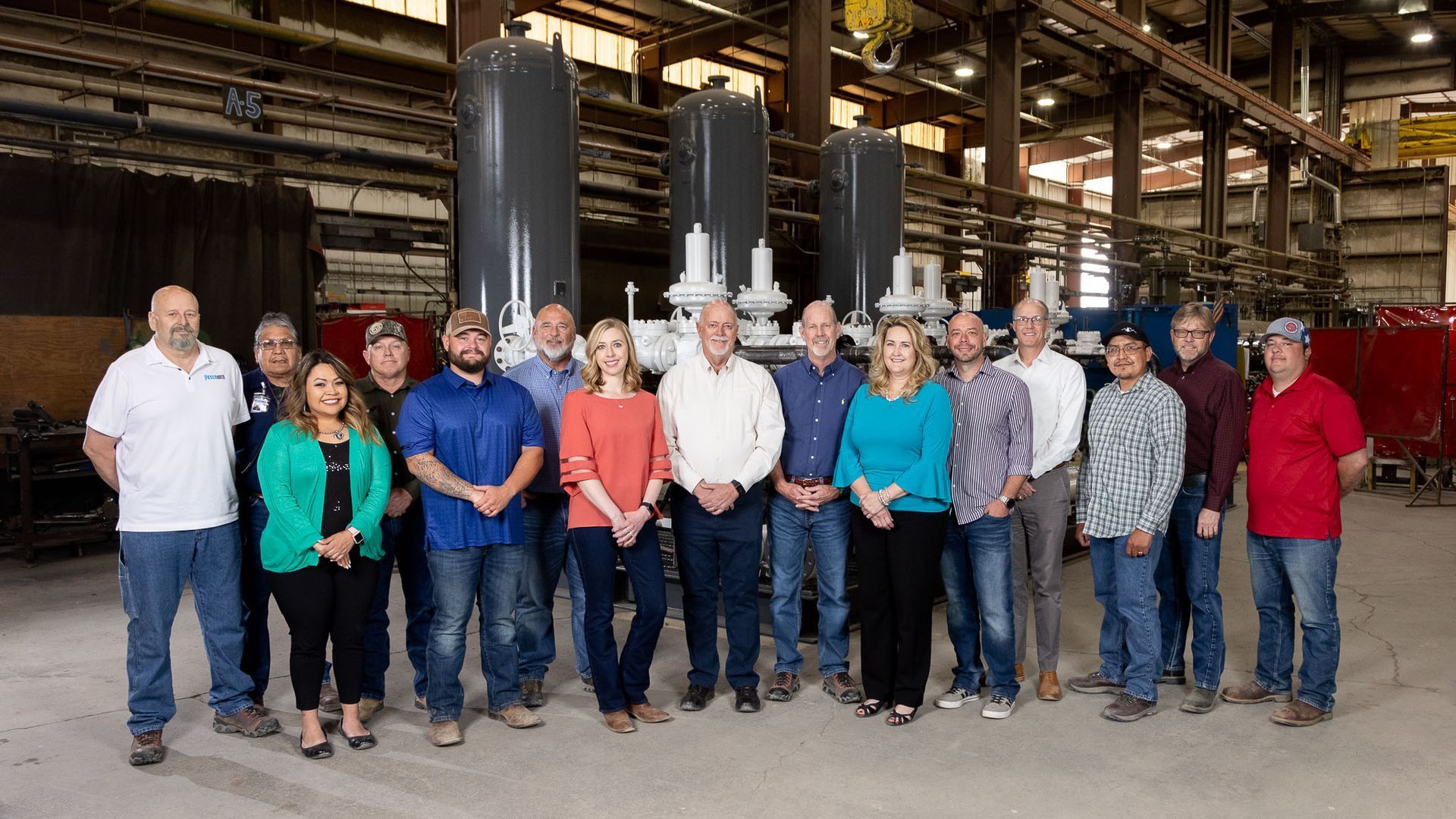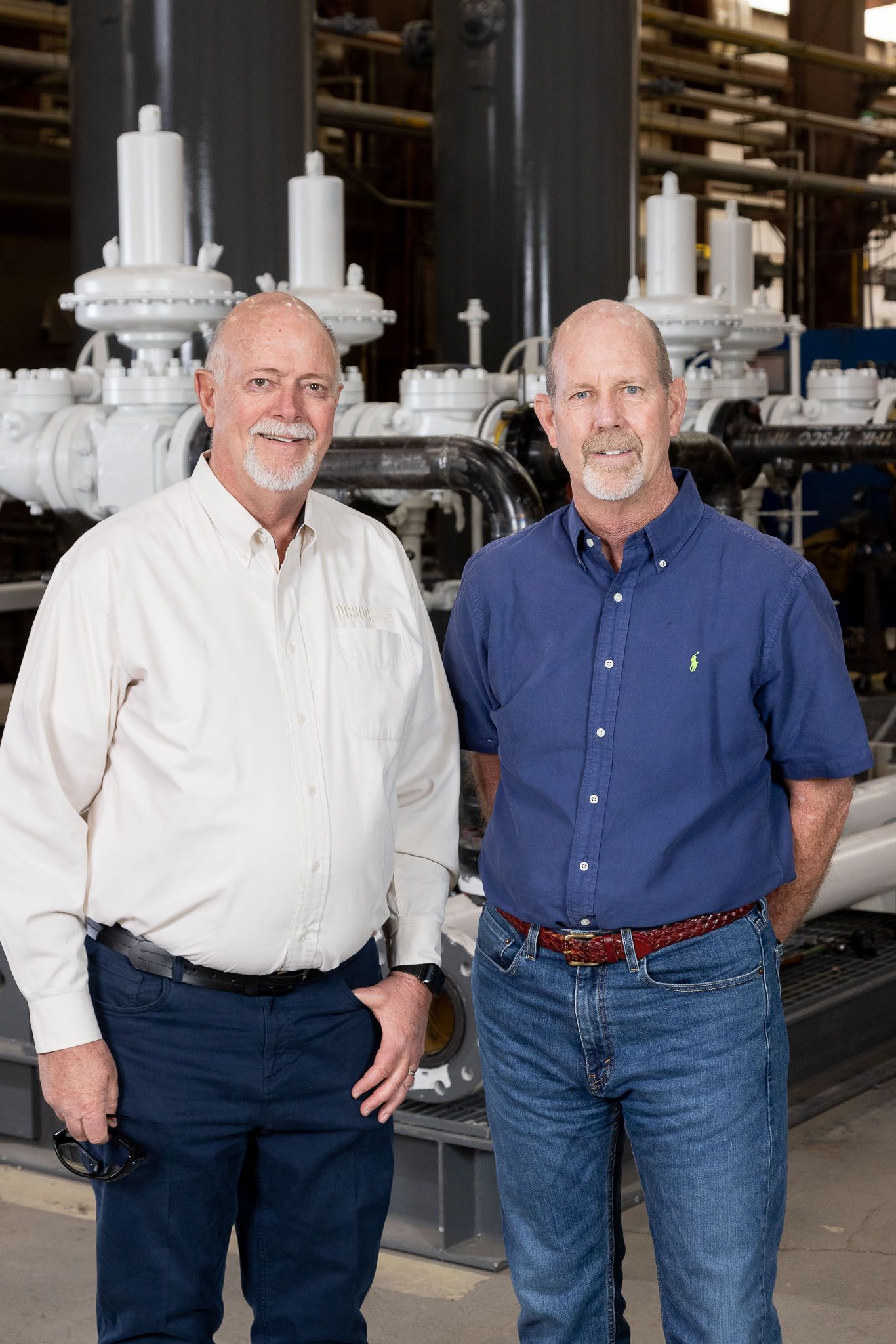OVER 53 YEARS EXPERIENCE
Trusted Oil & Gas Production Equipment Manufacturer
PESCO designs, manufactures, and services industrial process equipment for upstream oil & gas operations across the U.S.
Boost Production Efficiency with Our Expert Equipment and Services
Process Equipment and Field Services Built for Demanding Environments
We specialize in building high-performance process equipment and offering responsive field service that keeps your production running smoothly.
What We Offer:
- New Oil & Gas Production Equipment: Designed and engineered for top producers across major U.S. basins.
- Refurbished & Custom Units: Extend the life of your current equipment or upgrade with custom solutions.
- On-Site Field Services: Rapid response teams backed by decades of upstreams experience.
- Engineering & Designs Support: From concept to commissioning, our 22 in-house engineers work as your partner.
Delivering 50 Years of Trusted Excellence in Oil & Gas
Why PESCO?
Expertise That Delivers
- Over 50 years of experience in oil & gas equipment manufacturing
- Serving the Permian, Bakken, DJ, and Eagle Ford Basins
- Preferred vendor to 2 of the top 5 oil producers in the U.S.
Based in Farmington, New Mexico - Serving Nationwide
We're proud to support American energy production with U.S.-made equipment and boots-on-the-ground service.
We deliver much more than just equipment.
We deliver reliability, ease, and superior products.
our Expertise
Superior Solutions for Customers
Design
PESCO has an extensive in-house engineering capability, providing solutions to our customers from initial concept to equipment design.
Manufacturing
Process Equipment & Service Company, Inc. (PESCO) has the knowledge and experience to meet the exacting dehydration requirements of today’s oil and gas producers.
Service
Our on-site installation, startup, and operational support personnel are led by highly qualified Field Service personnel, backed up by our expert Technical Sales Representatives.
Empowering Energy Companies with Durable, Quality-Built Equipment Solutions
Recognized as a Top Oil Field Equipment Supplier
We work with energy companies of all sizes - from large -scale operators to independent producers - to deliver quality-built industrial process equipment that stands the test of time.
LATEST nEWS
What's New
Common Questions About PESCO's Capabilities
What type of process equipment does PESCO build?
We manufacture seperators, treaters, skids, vapor recovery units (VRU's), and complete production packages.
Does PESCO refurbish used oilfield equipment?
Yes. Our team can inspect, re-engineer, and restore units to meet modern specs.
Can PESCO support field installation or troubleshooting?
Absolutely. Our field service team supports installations, retrofits, and ongoing maintenance.

